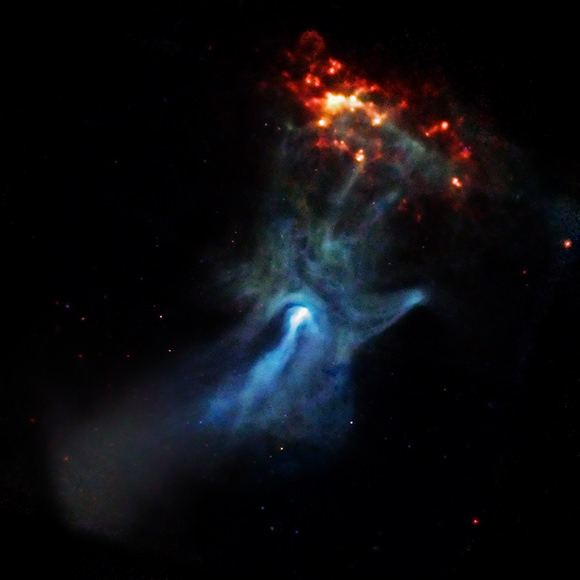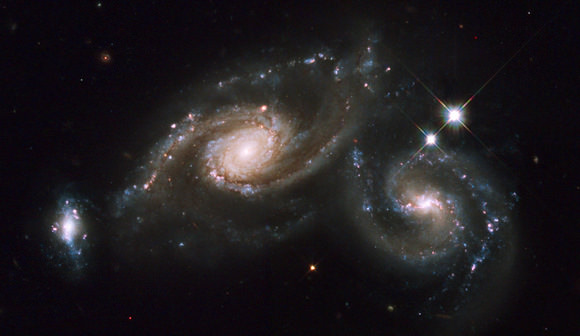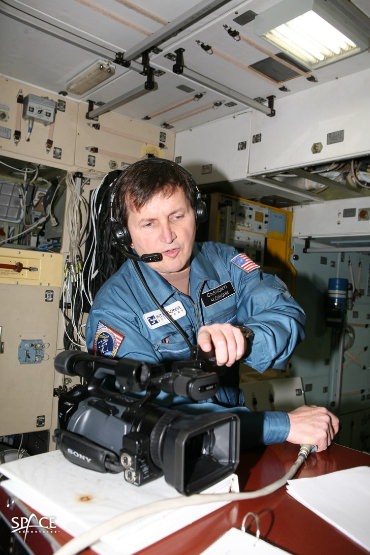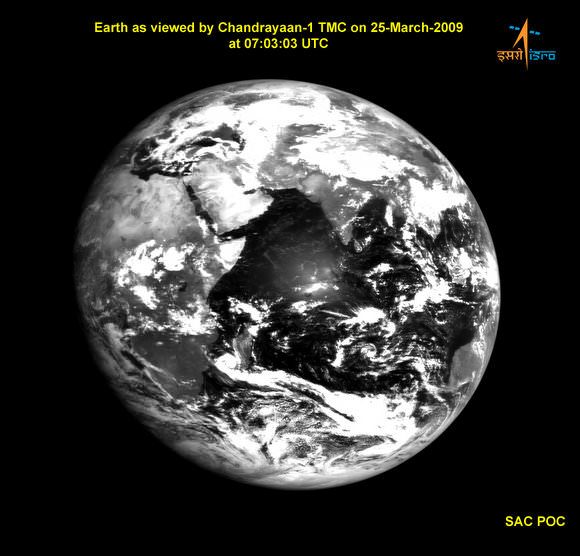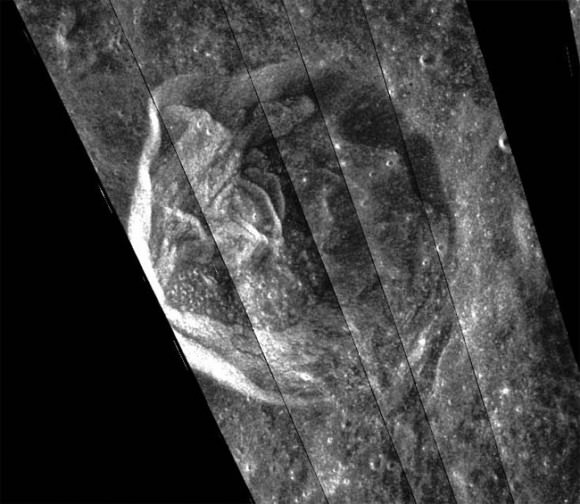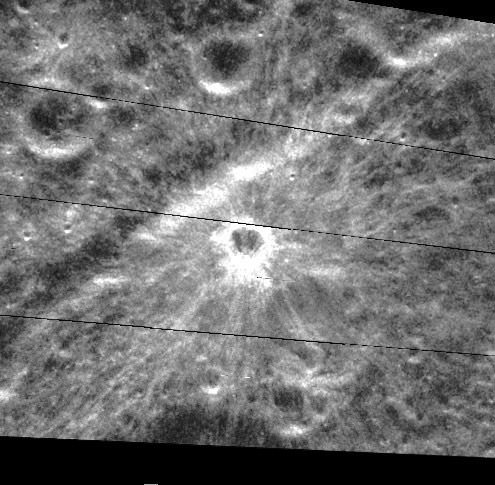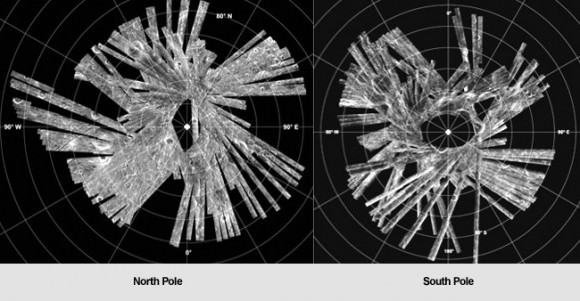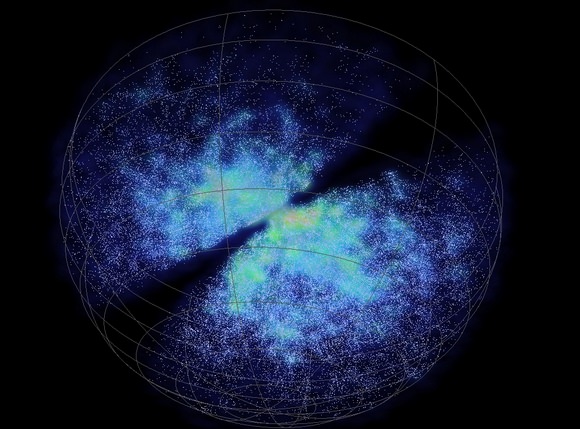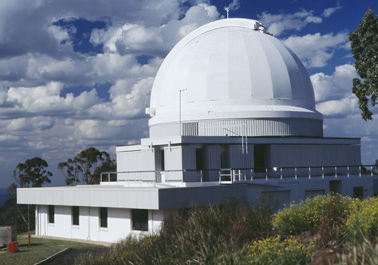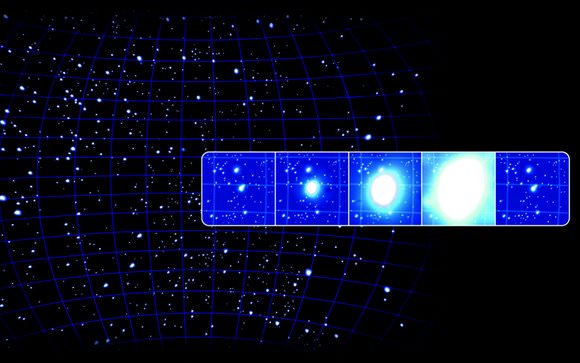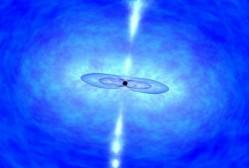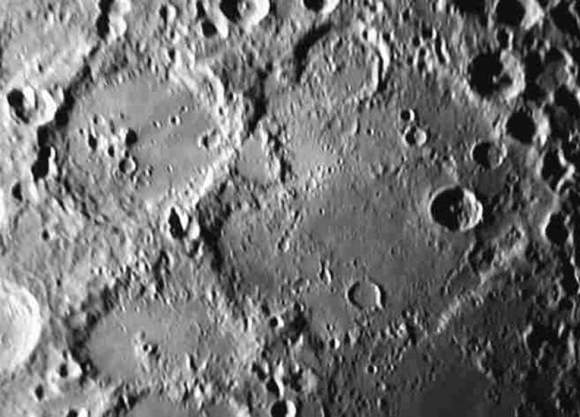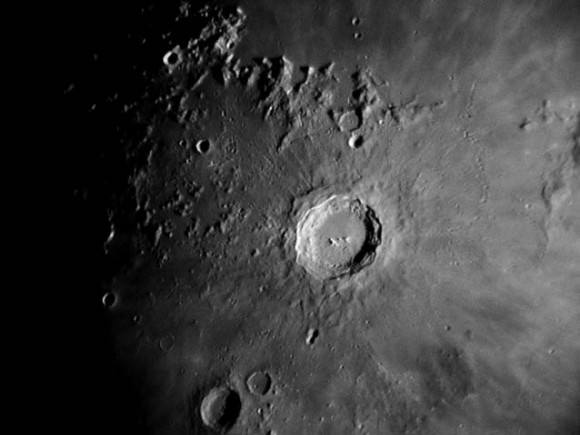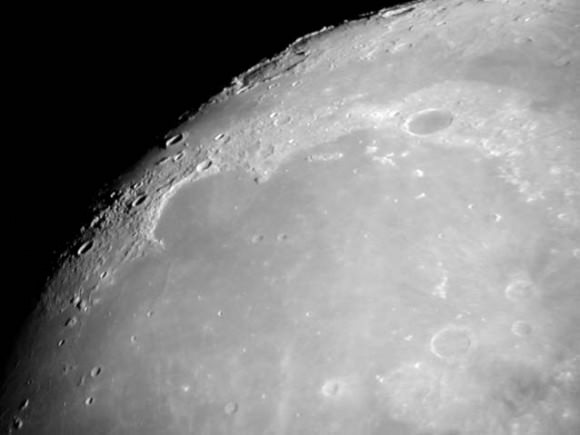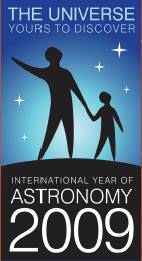[/caption]
Just when I was getting excited about the possibility of travelling to distant worlds, scientists have uncovered a deep flaw with faster-than-light-speed travel. There appears to be a quantum limit on how fast an object can travel through space-time, regardless of whether we are able to create a bubble in space-time or not…
First off, we have no clue about how to generate enough energy to create a “bubble” in space-time. This idea was first put on a scientific grounding Michael Alcubierre from the University of Mexico in 1994, but before that was only popularized by science fiction universes such as Star Trek. However, to create this bubble we need some form of exotic matter fuel some hypothetical energy generator to output 1045 Joules (according to calculations by Richard K. Obousy and Gerald Cleaver in the paper “Putting the Warp into Warp Drive“). Physicists are not afraid of big numbers, and we are not afraid of words like “hypothetical” and “exotic”, but to put this energy in perspective, we would need to turn all of Jupiter’s mass into energy to even hope to distort space-time around an object.
This is a lot of energy.
If a sufficiently advanced human race could generate this much energy, I would argue that we would be masters of our Universe anyway, who would need warp drive when we could just as well create wormholes, star gates or access parallel universes. Yes, warp drive is science fiction, but it’s interesting to investigate this possibility and open up physical scenarios where warp drive might work. Let’s face it, anything less than light-speed travel is a real downer for our potential to travel to other star systems, so we need to keep our options open, not matter how futuristic.
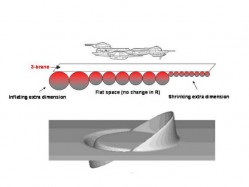
Not so fast.
According to new research on the subject, quantum physics has something to say about our dreams of zipping through space-time faster than c. What’s more, Hawking radiation would most likely cook anything inside this theoretical space-time bubble anyway. The Universe does not want us to travel faster than the speed of light.
“On one side, an observer located at the center of a superluminal warp-drive bubble would generically experience a thermal flux of Hawking particles,” says Stefano Finazzi and co-authors from the International School for Advanced Studies in Trieste, Italy. “On the other side, such Hawking flux will be generically extremely high if the exotic matter supporting the warp drive has its origin in a quantum field satisfying some form of Quantum Inequalities.”
In short, Hawking radiation (usually associated with the radiation of energy and therefore loss of mass of evaporating black holes) will be generated, irradiating the occupants of the bubble to unimaginably high temperatures. The Hawking radiation will be generated as horizons will form at the front and rear of the bubble. Remember those big numbers physicists aren’t afraid of? Hawking radiation is predicted to roast anything inside the bubble to a possible 1030K (the maximum possible temperature, the Planck temperature, is 1032K).
Even if we could overcome this obstacle, Hawking radiation appears to be symptomatic of an even bigger problem; the space-time bubble would be unstable, on a quantum level.
“Most of all, we find that the RSET [renormalized stress-energy tensor] will exponentially grow in time close to, and on, the front wall of the superluminal bubble. Consequently, one is led to conclude that the warp-drive geometries are unstable against semiclassical back-reaction,” Finazzi adds.
However, if you wanted to create a space-time bubble for subluminal (less-than light speed) travel, no horizons form, and therefore no Hawking radiation is generated. In this case, you might not be beating the speed of light, but you do have a fast, and stable way of getting around the Universe. Unfortunately we still need “exotic” matter to create the space-time bubble in the first place…
Sources: “Semiclassical instability of dynamical warp drives,” Stefano Finazzi, Stefano Liberati, Carlos Barceló, 2009, arXiv:0904.0141v1 [gr-qc], “Investigation into Compactified Dimensions: Casimir Energies and Phenomenological Aspects,” Richard K. Obousy, 2009, arXiv:0901.3640v1 [gr-qc]


